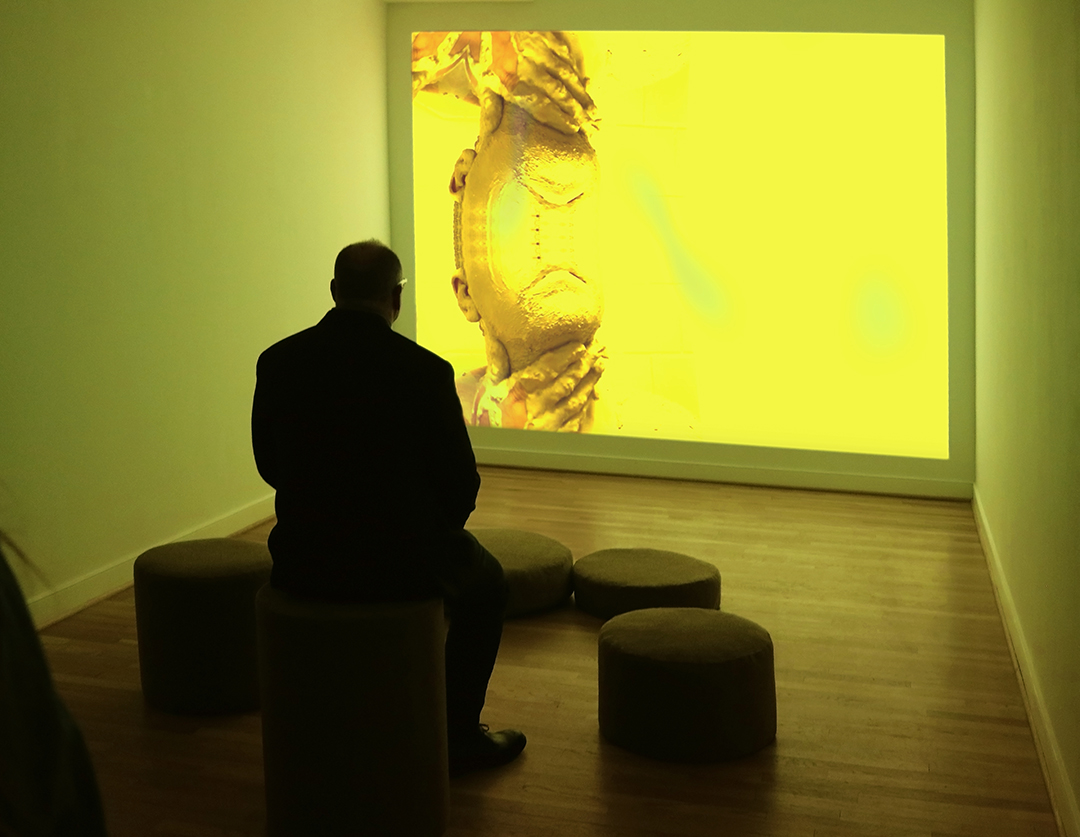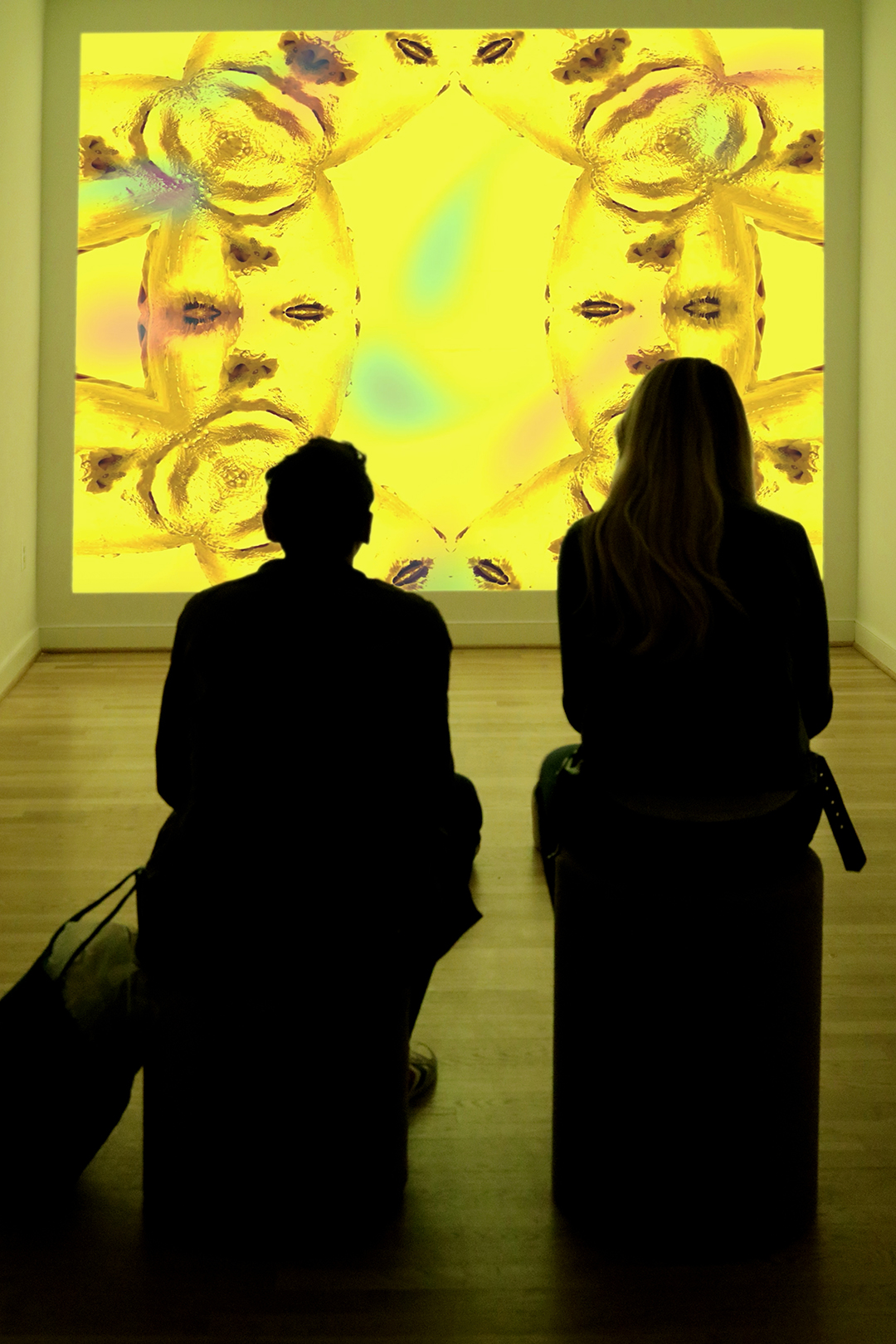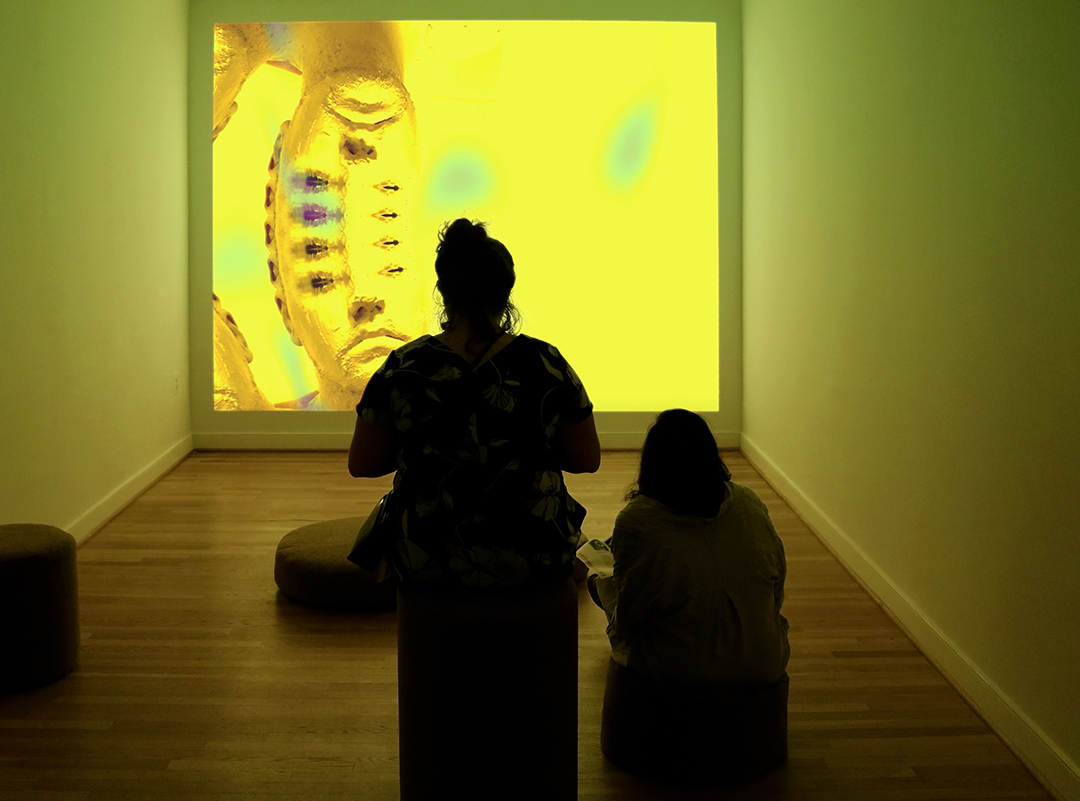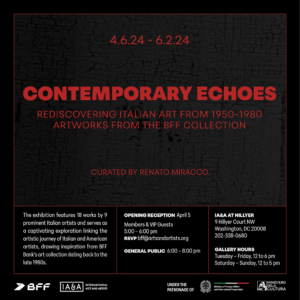
Song of the Wild: Q&A and Guided Meditation with Clay Dunklin
Clay Dunklin is an interdisciplinary artist whose experimental practice includes performative, video, and installation works. Dunklin has exhibited his work nationally including shows at the Orlando Science Center, The American University Museum at the Katzen Arts Center, and the Delaware Contemporary. He received his BFA in drawing from the University of Central Florida and his MFA from the University of Maryland College Park. Dunklin is currently an NTT Assistant Professor of Art at Western Oregon University.
Song of the Wild was on view at Hillyer on October 4 – 27, 2019.

Your exhibition at Hillyer, Song of the Wild, was a video installation about notions of the body, consciousness, and performance. Tell us a little bit about that work.
My work, in general, grows out of this trajectory of trying to make sense of the body, so fittingly, my own body has been the primary point of this exploration. Our bodies really are our greatest tools to mediate this weird space that exists between our minds and the larger world. In Song of the Wild, I’m reflecting on questions like “What does the body actually do in this in-between space?” and “How do we intentionally activate the body to experience this space?”
The soundtrack that accompanies the video uses low-frequency tones that literally vibrate in the body – you can feel the sound, it activates your body immediately. Combined with this is a track of me singing an old lullaby called “Song of the Wild.” There are dreamy harmonies here that help you to relax on the cushions and settle into the experience.
As you watch the video, you notice that my appearance becomes more abstracted by applying yellow goo to my face. It also becomes increasingly fragmented, like when you go cross-eyed from staring into space and little floaters appear to dance around like when you look at the sun for too long. I’ve taken all these phenomena that seem to happen to our body, usually without us thinking twice about them, and slowed them down, stretching them to fill a space where you have to sit with them for a while.

Your work has a performative element, and in the work at Hillyer, featured yourself in the video. Do you consider yourself a performance based artist? Do you ever do live performances, or is your intent always to create video content as the final piece?
I really don’t think of myself as a performance-artist and I also have never performed live with my work. Typically, for these kinds of pieces, I’ll get an idea of some way I can alter the experience of my body and then I enact that in a very private and personal way. It’s not until I feel like I have discovered something from that experience that I begin to craft it into something that others can experience too. And I guess that’s a kind of performance also. I mean, we do this all the time on social media, right? We craft an identity or an image that brings a personal experience into a digital public space. But I want to come away from this in my practice. I’m becoming increasingly interested in loosening my grip and relinquishing control in my own work. I can’t stop thinking about what would happen if instead of asking “What do I have to make?” I asked, “What do others need me to make?”

Where does this inspiration come from in your pieces? What message do you hope comes across in your work?
The inspiration for Song of the Wild really came from my mindfulness meditation practice. This has fundamentally changed the way I think about myself and the world, the way I behave, and the way I interact with others. I guess I’m ultimately trying to provide small glimpses of other experiences of consciousness within this current experience we’re all having.
You recently relocated from Baltimore to Oregon. Can you tell us if this change has impacted your work? Have you noticed any differences between the two arts communities?
I moved to Oregon to teach art and design at Western Oregon University and I really love it. The dynamics between East coast and West coast is a very real thing. There’s generally a kind of a quieter slowness to the pacing here and I sense this do-anything-try-everything attitude. It’s always a little tricky to move to a new place and to try to find ways to insert your work into their spaces. Undoubtedly, the best way to do this though is by developing relationships and building community. I love the community that is developing around me here, it is very nurturing and supportive and when opportunities come from those relationships it makes me want to use the work to pour back into those people.
What are you working on now? Do you have any exhibitions or projects you are working on?
I have a show coming up in 2021 at the Littman + White galleries in Portland called Do You Know Where You Are? that will use my own personal medical experiences and contemporary image theory to create a full sensory experience. I’m also working on a new project called Banana Colored Funk that turns the gallery into an ad hoc treatment facility full of color, sound, and movement that provides viewers with resources for emotional healing.

